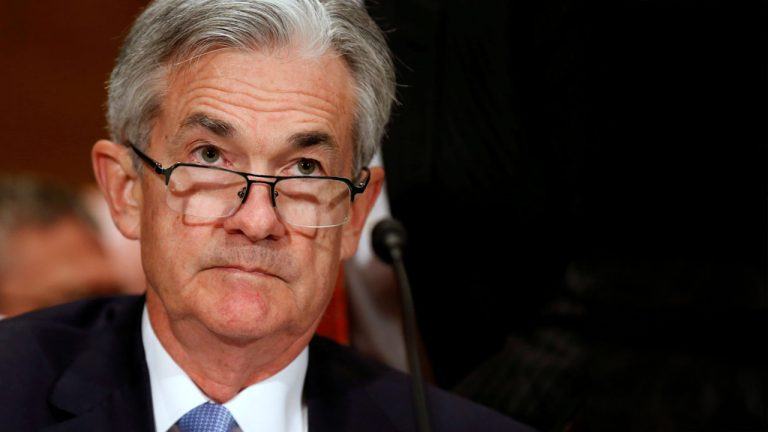According to Deribit, a prominent market analyst firm, the upcoming expiration could lead to short-term volatility. On Friday at 08:00 UTC, Deribit will see the expiration of BTC and ETH options contracts valued at $4.2 billion and $1 billion, respectively. Options give holders the right, but not the obligation, to buy or sell an asset at a specified price within a certain timeframe.
A closer look at the data from Deribit reveals that over $682 million worth of BTC options, representing 16.3% of the total $4.2 billion, are set to expire “in-the-money” (ITM). Most of these are call options. In simple terms, an ITM call option means the strike price is below the current market rate, making it profitable for the holder. Conversely, ITM put options have strike prices above the spot price.
Bitcoin’s Market Impact from ITM OptionsThis concentration of ITM options could inject significant volatility into the market. As option holders with profitable positions decide to close their bets or adjust their positions, the price of Bitcoin may experience notable fluctuations. This scenario mirrors what happened during the last quarterly expiry at the end of September, which had a similar distribution of open interest.
Deribit’s data indicates that the put-to-call open interest ratio for Bitcoin stands at 0.62 ahead of the expiry. This suggests a relatively bullish sentiment in the market. Essentially, for every 100 active call options, there are 62 put options open. The leaning towards calls is understandable, especially since BTC recently approached $70,000 for the first time since July.
Source: Derabit
Bitcoin’s max pain level is identified at $64,000. This is the price point where most options would expire worthless, resulting in losses for option buyers and profits for optionsAll Posts writers. At the time of writing, BTC is trading near $66,000, still above the max pain level, while Ether is hovering around its max pain level of $2,600, according to Brave New Coin’s Bitcoin Liquid Index.
After failing to break its $70,000 ceiling two days ago, the Bitcoin price is fast approaching its ‘max pain’ point of $64,000. Source: Brave New Coin Bitcoin Liquid Index
Proponents of the max pain theory argue that Bitcoin still has room to decline before the expiry, whereas Ether’s downside appears limited. According to the Max pain theory, traders with short options positions can drive the underlying asset’s price towards its max pain level as the expiry date approaches.
The crypto options market has expanded considerably over the past four years. Contracts worth billions of dollars expire every month and quarter, yet it remain relatively small compared to the spot market. According to Glassnode, as of Friday’s data, the spot trading volume was around $8.2 billion, while the options volume stood at approximately $1.8 billion. Additionally, BTC’s open interest of $4.2 billion, set to expire this Friday, is less than 1% of its total market capitalization of $1.36 trillion.
Source: Glassnode
Growing Influence of Crypto OptionsDespite its current size, the options market could grow substantially and extend beyond Bitcoin to include other crypto-linked products as more institutions enter the space. On Friday, the U.S. Securities and Exchange Commission (SEC) approved options tied to spot Bitcoin ETFs. This decision follows the approval of trading options for BlackRock’s iShares Bitcoin Trust (IBIT).
Jeff Park, head of alpha strategies at Bitwise Invest, described the SEC’s approval as “game-changing.” He emphasized the need for exchanges with central guarantors, which platforms like LedgerX and Deribit do not provide. Park also expressed optimism, stating that options are expected to become available for trading in the first quarter of 2025.
The approval of ETF-linked options marks a significant milestone for the crypto market, potentially attracting more institutional investors and increasing the overall liquidity of the options market. As institutional participation grows, the impact of large options expiries on market volatility could become more pronounced.




















